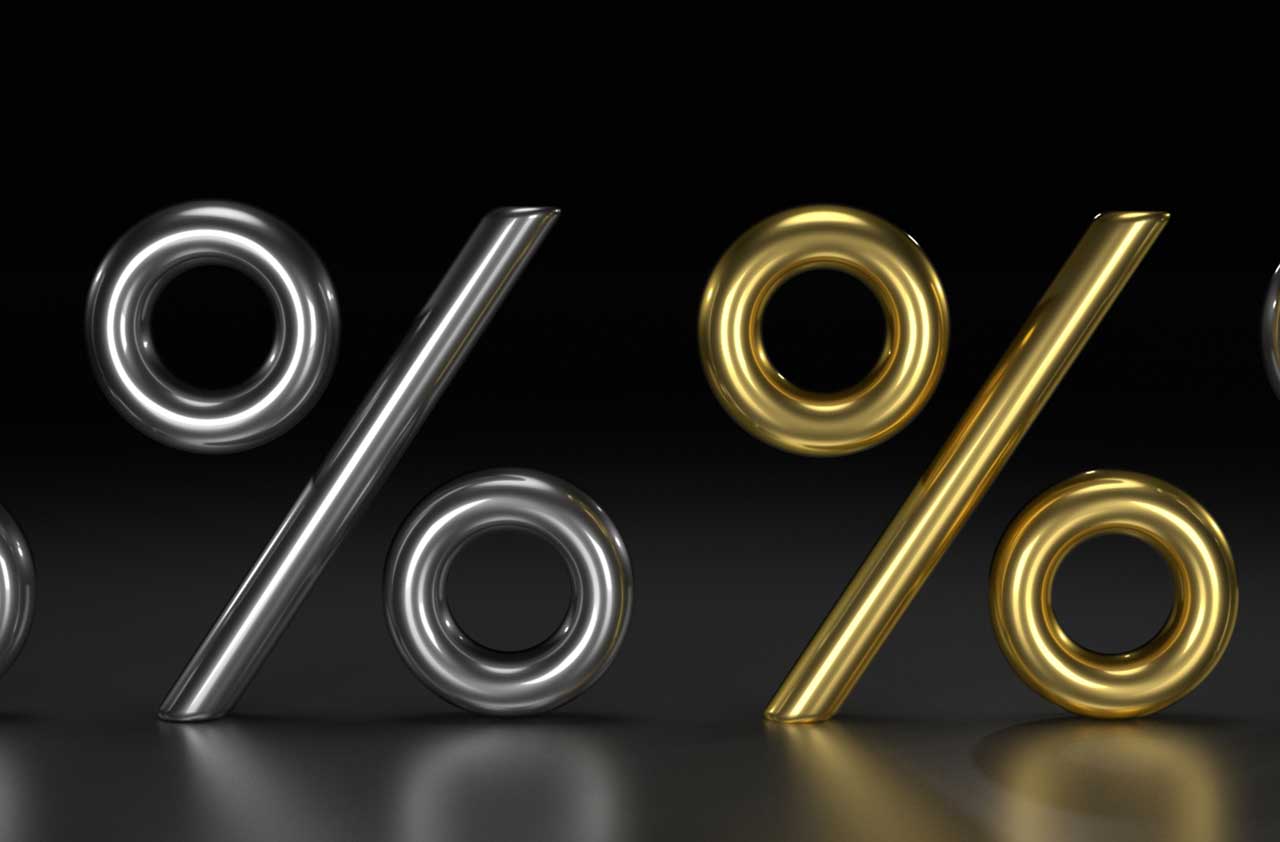You'll Still Make Money in Bonds
Total returns won't reach 2016's levels, but rates will remain low, which means bond prices will hold their value.


Before the Election Day stunner, most bond pros were kicking themselves for again falling victim to pessimists’ forecasts that interest rates would spike in 2016, resulting in crushing declines in bond prices. That never happened. But then the voters spoke, and because Donald Trump has proposed both to cut taxes and to spend freely on everything from warships to fancy airports, investors smelled the potential for higher inflation. On the day after the election, the yield on the benchmark 10-year Treasury bond soared by 0.20 percentage point (an enormous move by bond-market standards) and breached the 2% level for the first time since January 2016.
So investors have one more excuse to contemplate the end of the long bull market in bonds and bond surrogates, such as utility stocks. But the bull’s demise anytime soon is no sure thing. Although bond total returns won’t be as generous in the coming year as they were in 2016, the “lower for longer” interest-rate theme that has rewarded investors since the financial crisis remains intact. Many bond experts are telling me that, at worst, interest rates will drift up mildly in 2017, with the 10-year Treasury finishing the year yielding about 2.5%. The resulting decline in bond prices should be modest.
A year ago, the consensus view wasn’t so benign. Many pros worried that 2016 would be marked by rising rates, higher inflation and harmful deeds by the Federal Reserve, which many experts predicted would raise short-term rates several times over the year. (In fact, the Fed did not raise rates once in the first 10 months of 2016.) “There was a lot of fear,” says Mary Bowers, who invests in high-yield bonds at HSBC Global Asset Management. I wrote in this space a year ago that in the ensuing 12 months, the Treasury would pay 2% to 2.75% to borrow for a decade. Rather, bond yields slid steadily throughout the year.

Sign up for Kiplinger’s Free E-Newsletters
Profit and prosper with the best of expert advice on investing, taxes, retirement, personal finance and more - straight to your e-mail.
Profit and prosper with the best of expert advice - straight to your e-mail.
What happened? The oil bust worsened, U.S. and global economic growth slowed, rates fell below 0% in Europe, and investors took refuge in dollar-denominated bonds. In 2016 through November 9, corporate bonds rated triple-B—the lowest investment-grade rating and one of my favorite areas of the bond market—returned 8.5%. Junk bonds shone, with a return of 15.0%, as a feared deluge of defaults never materialized. If you own bonds or bond funds that invest in these categories, hang on to them.
Bumpier ride. Investors will have to deal with a new president and a Federal Reserve that has just about run out of reasons to keep short-term rates near zero. We see the Fed lifting rates twice, each time by one-fourth of a percentage point, in 2017. That’s likely to lead to more bond-price volatility. Some fund managers worry that the bond market may experience a disturbance that will be similar to the 2013 “taper tantrum,” when many bonds lost up to 10% of their value over just a few weeks. Most bond prices eventually recovered, but the episode was unnerving.
Could we see some nasty surprises in 2017? Perhaps the biggest threat to bond investors is the possibility that inflation will pick up. I don’t expect it to rise enough to torpedo the bond market, but it’s enough of a concern to warrant placing some of your bond money in categories that should hold up well even if consumer prices accelerate. In my December column, I wrote about floating-rate bank-loan funds, such as Fidelity Floating Rate High Income (symbol FFRHX, yield 3.3%). Jeff Moore, who comanages Fidelity Total Bond (FTBFX, 2.5%), a fine intermediate-term fund, has begun to buy Treasury inflation-protected securities. I’ve not been a fan of TIPS because the income is so minimal. But if you have some idle cash, you might consider buying some TIPS directly from the U.S. at www.treasurydirect.gov.
Get Kiplinger Today newsletter — free
Profit and prosper with the best of Kiplinger's advice on investing, taxes, retirement, personal finance and much more. Delivered daily. Enter your email in the box and click Sign Me Up.

-
 Kentucky Tax Deadline Extension Might Cost You More Money: What to Know
Kentucky Tax Deadline Extension Might Cost You More Money: What to KnowState Taxes Kentucky flooding and storms caused the IRS and state to extend the 2025 tax filing deadline. But should you file later?
By Kate Schubel Published
-
 Seven Tasks Retirees Can Do With Online Banking or a Mobile Banking App
Seven Tasks Retirees Can Do With Online Banking or a Mobile Banking AppRetirees can do more than check their bank account balance online.
By Donna Fuscaldo Published
-
 Dividends Are in a Rut
Dividends Are in a RutDividends may be going through a rough patch, but income investors should exercise patience.
By Jeffrey R. Kosnett Published
-
 Why Investors Needn't Worry About U.S. Credit Downgrade
Why Investors Needn't Worry About U.S. Credit DowngradeFitch Ratings The United States saw its credit rating downgraded for just the second time in history, but experts aren't worried about the long-term damage to stocks.
By Dan Burrows Published
-
 Municipal Bonds Stand Firm
Municipal Bonds Stand FirmIf you have the cash to invest, municipal bonds are a worthy alternative to CDs or Treasuries – even as they stare down credit-market Armageddon.
By Jeffrey R. Kosnett Published
-
 High Yields From High-Rate Lenders
High Yields From High-Rate LendersInvestors seeking out high yields can find them in high-rate lenders, non-bank lenders and a few financial REITs.
By Jeffrey R. Kosnett Published
-
 Time to Consider Foreign Bonds
Time to Consider Foreign BondsIn 2023, foreign bonds deserve a place on the fringes of a total-return-oriented fixed-income portfolio.
By Jeffrey R. Kosnett Published
-
 The 5 Safest Vanguard Funds to Own in a Volatile Market
The 5 Safest Vanguard Funds to Own in a Volatile Marketrecession The safest Vanguard funds can help prepare investors for continued market tumult, but without high fees.
By Kyle Woodley Last updated
-
 5 of the Best Preferred Stock ETFs for High and Stable Dividends
5 of the Best Preferred Stock ETFs for High and Stable DividendsETFs The best preferred stock ETFs allow you to reduce your risk by investing in baskets of preferred stocks.
By Kyle Woodley Last updated
-
 The Current I-Bond Rate Until May Is Mildly Attractive. Here's Why.
The Current I-Bond Rate Until May Is Mildly Attractive. Here's Why.Investing for Income The current I-bond rate is active until November 2024 and presents an attractive value, if not as attractive as in the recent past.
By David Muhlbaum Last updated